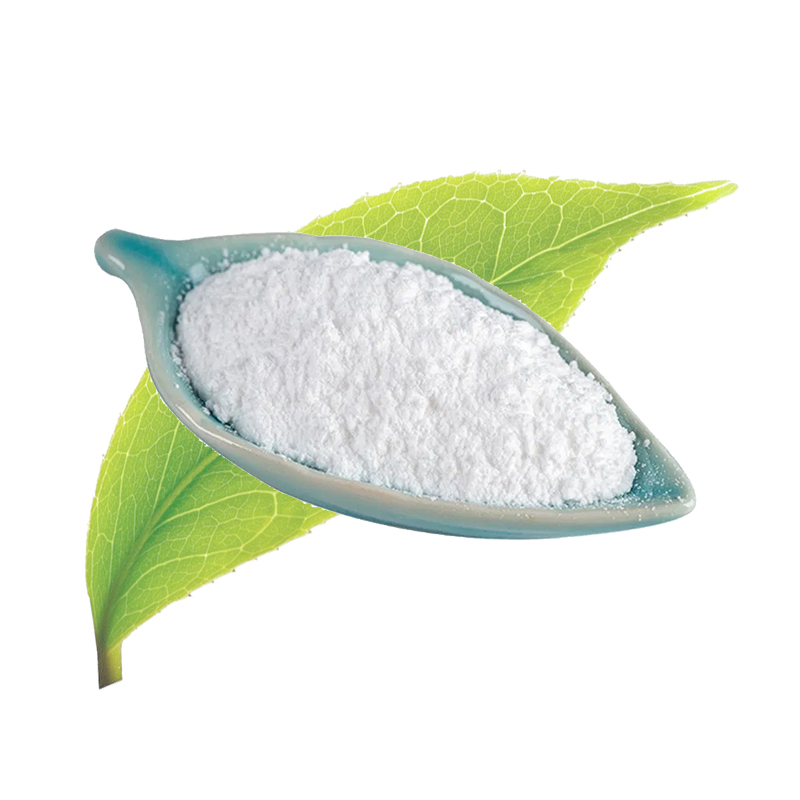
Soluble Tapioca Fiber — also known as resistant dextrin-tapioca — is a highly soluble, low-viscosity dietary fiber derived from cassava starch. With excellent stability, neutral taste, and prebiotic properties, it’s ideal for clean-label applications in beverages, baked goods, nutritional supplements, and more.
At Besty Pharma, we produce high-purity soluble tapioca fiber under strict GMP conditions, backed by full-quality documentation and global regulatory support.
[Request a Quote]
Soluble tapioca fiber is produced from Organic tapioca starch, through enzymatic hydrolysis of corn starch. It has a low viscosity, is water soluble and very stable to heat, pH, and processing stresses. As a result, the fiber behaves like a true dietary fiber — it resists digestion in the small intestine and undergoes partial fermentation in the colon, helping support gut health and metabolic balance.Soluble tapioca Fiber helps to meet demand for a lower sugar, higher fiber ingredient that can be used to create consumer packaged food products that have lower sugar content while providing a good source of dietary fiber.
High Water Solubility
Dissolves easily in liquid systems without dramatically increasing viscosity — ideal for beverages and shakes.
Thermal & pH Stability
Resists degradation under heat and acidity, making it suitable for pasteurized products and acidic beverages.
Clean-Label Prebiotic Fiber
Functions as a true dietary fiber, supporting the growth of beneficial gut bacteria while staying in compliance with GRAS status.
Digestive Tolerance
Compared to highly fermentable fibers, this tapioca fiber exhibits low fermentability, meaning reduced gas production and better gastrointestinal comfort.
Sugar & Fat Replacement
Helps reduce sugar and fat content in food products without compromising texture, sweetness, or mouthfeel.
Low Glycemic Impact
Thanks to its resistant structure, it has a smaller effect on blood glucose, making it suitable for glycemic-friendly formulations.
| Parameter | Typical Specification |
|---|---|
| Appearance | White to light-yellow fine powder |
| Total Dietary Fiber | ≥ 70% to ≥ 90%, depending on grade |
| pH (5% Solution) | 3.5 – 5.5 |
| Moisture | ≤ 6% |
| Heavy Metals / Impurities | Meets food-grade limits for lead, arsenic, etc. |
| Microbial Count | Low – compliant with food safety standards |
| Stability | 24 months (resistant dextrin starch powders) |
Beverages & Dairy Alternatives
Integrates into low-sugar drinks, shakes, and yogurt to improve fiber content and texture without changing flavor.
Bakery & Confectionery
Used in bread, cakes, and pastries to boost fiber, reduce sugar, and stabilize moisture.
Nutritional Supplements
Adds soluble fiber to powders, tablets, and capsules — supports digestive health and glycemic control.
Clinical Nutrition
Supports formulations for metabolic or digestive health, leveraging its prebiotic properties.

Soluble Tapioca Fiber from tapioca has been reviewed under FDA GRAS Notice (GRN 1045), confirming its safety for food use.
Produced following cGMP standards, with food-grade raw materials.
Chemical structure includes resistant glycosidic linkages (e.g., β-1,4; β-1,2; β-1,6), making it functionally indigestible and fiber-like.
High Purity & Reliable Supply
Food-grade production with consistent fiber content and stability.
Tailored Grades
Multiple fiber grades (e.g., ≥ 70%, ≥ 90%) to match various applications and label needs.
Expert Technical Support
Formulation assistance for liquid systems, low-sugar recipes, and fiber fortification.
Regulatory Documentation
Full GRAS support and documentation to facilitate global product launches.
Clean-Label Appeal
Non-GMO, transparent ingredient origin, well-suited for health-focused markets.
Q1: What is the difference between soluble tapioca fiber and regular tapioca starch?
Soluble tapioca fiber is modified so that it resists digestion; unlike regular tapioca starch, it acts as a dietary fiber in the gut.
Q2: Can it be used in acidic or hot beverages?
Yes — it is thermally stable and pH resistant, making it suitable for acidic drinks and pasteurized products.
Q3: Does it raise blood sugar?
Due to its resistant structure, it has a lower glycemic effect and is appropriate for glycemic-friendly formulations.
Q4: Is it prebiotic?
Yes — it partially ferments in the colon and supports the growth of beneficial gut bacteria.
Q5: What serving levels are typical?
Typical use ranges from 1.2 g to 10 g per serving in conventional foods, per GRAS specifications.
WhatsApp us